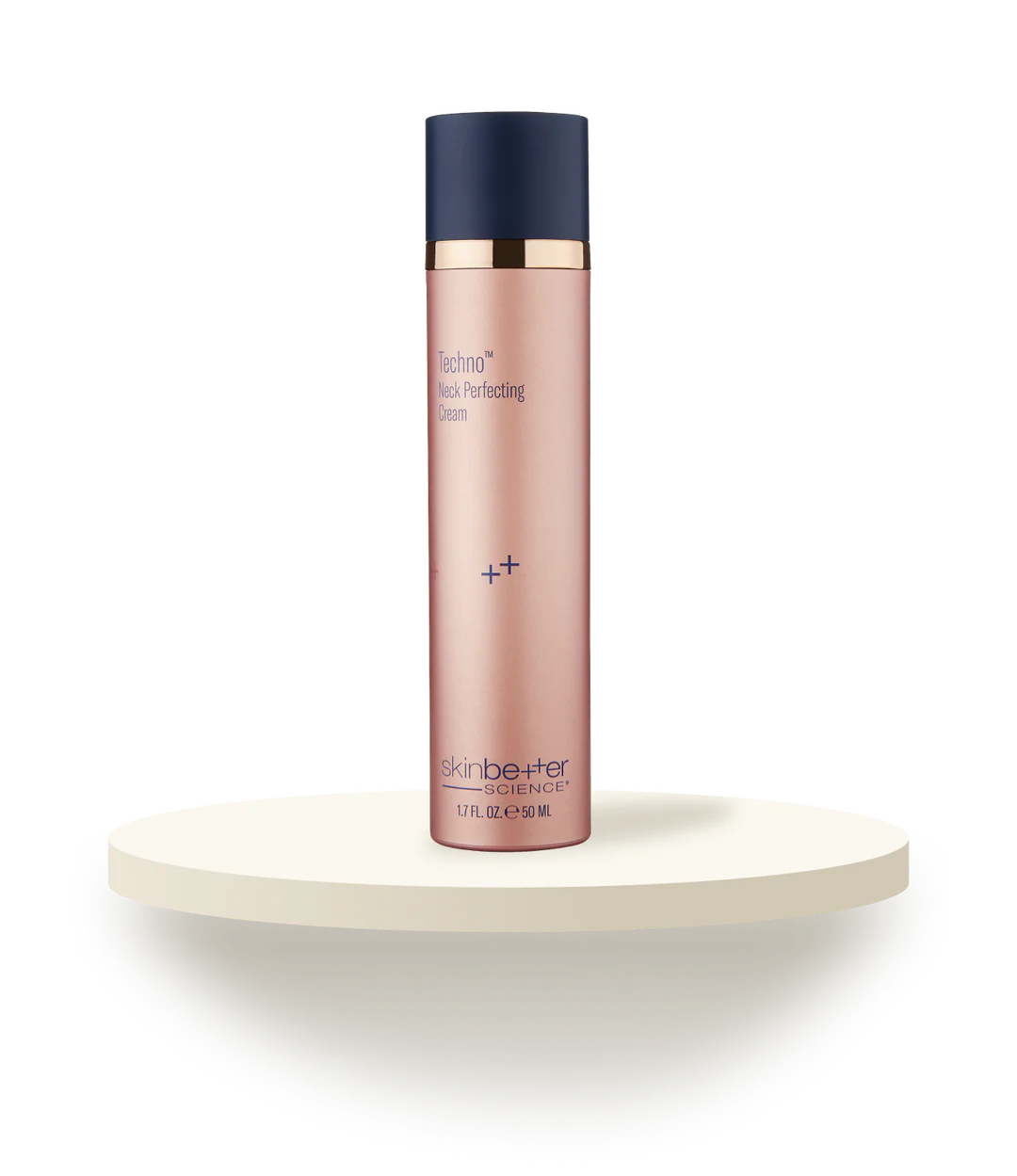Why Do Broken Capillaries Appear on the Face and Nose?
Broken capillaries can appear on the face for any number of reasons, including physical trauma, hereditary reasons, sun damage, aging, or due to medical conditions. They are not to be confused with the visible capillaries that may appear as curvy red marks on the sides of the nose due to allergies or lots of nose blowing that represent capillaries under pressure.
Some of the most common reasons for burst capillaries include the following:
Genetics
There are times when individuals are simply born with hereditary skin conditions that make them more susceptible to experience broken capillaries, due to having blood vessels that lay closer to the skin surface. Descendants of those with ruddy or reddish complexions, or fair skin types, tend to experience this issue.
Sun Damage
Broken blood vessels can also occur as a direct result of sun exposure. The sun damage can extend to the region around the blood vessels as UV rays penetrate the skin, along with structures supporting the blood vessels, causing them to dilate permanently. Too much exposure to the sun hurts the blood vessels' elasticity, particularly in areas such as the nose and cheeks that are often in the sun.
Sun exposure over the years can weaken the elastin fibers and cause blood vessels to creep closer to the epidermis.
Rosacea
Skin conditions such as rosacea being another cause of broken capillaries. Rosacea is a skin condition that features a reddened face and at times includes spider veins, as the body tries to heal the perceived skin damage by inducing inflammation. With rosacea, the patient can experience a continual reddening of the face, so much so that the constant flushing can create dilated blood vessels.
Skin Trauma
Physical trauma is another one of the common causes of tiny blood vessels breaking. A bruise or injury may cause capillaries to permanently dilate on the nose, chin, or cheeks, but so can certain facial treatments. Harsh microdermabrasion procedures experienced by people with sensitive skin or skin conditions that make them more apt to experience dilated capillaries may cause trauma. Likewise, popping pimples with too much force can also break blood vessels.
Aging
Aging is another reason that broken blood vessels may happen, due to how the skin tends to become weak and thin as a person ages. Skin cells don't turn over as rapidly, nor does collagen replace itself as quickly in older people, when compared to those with younger skin. As individuals age, they may find a reddish hue overtaking their nose area or cheeks.
Diet
Certain foods and beverages that can cause swelling blood vessels, includes spicy foods, alcohol, or caffeine. Although those elements won't create broken capillaries, they act as vasodilators that can make broken blood vessels appear more visible.
Weather Conditions
Avoiding extremely hot weather, windburn, sun exposure, and extreme temperatures are just as important as treating the skin gently. If you can prepare for unforgiving weather conditions in advance, you will be less likely to experience the negative side effects that can accompany sunburns and high degrees of heat.
Treating Broken Capillaries: Lasers, Creams, and Home Remedies
Several ways to treat broken blood vessels exist, such as laser treatments, or light therapy, including intense pulsed light. Utilizing topical creams may also help.
Laser Resurfacing
Laser treatments help rid the face of unwanted blood vessels, by reducing or removing them without damage to the skin. Undergone via a dermatologist, the procedure may help reduce the future formation of blood vessels. The Vbeam laser also works well to treat small broken capillaries or large vascular lesions.
Light Therapy
Using therapy such as Intense Pulsed Light, or IPL, broken capillaries are cauterized and reduced to a smaller size and made less visible. Such light therapy can also encourage collagen production.
Products
Skincare Creams
Dermatologists may recommend retinoid creams to treat broken capillaries, while other skincare products treat blood vessels by preventing sun damage. Retinoids can be helpful with making the veins appear less visible while improving skin health. On the flip side, they can also potentially cause dryness, itching, or redness to the application site.
Visible capillaries might be prevented by using broad-spectrum sunscreens containing an SPF 30 level or higher. Heavy-duty healing ointments and over-the-counter skin protectants can help protect the skin from windburn. Anti-inflammatory ingredients may also help.
Home Remedies
Certain facial treatment options and actions can be practiced at home:
Stay away from using hot water on the face, which increases blood flow and in turn, may increase redness.
Cold compresses can calm irritated skin.
These natural remedies won't be as effective as laser treatments, but the use of vitamin E and horse chestnut seed extract may provide some improvement.
Avoid too much alcohol consumption.
Use vitamin C serums to increase the strength of capillaries and consume vitamin C supplements to try and strengthen capillary walls.

